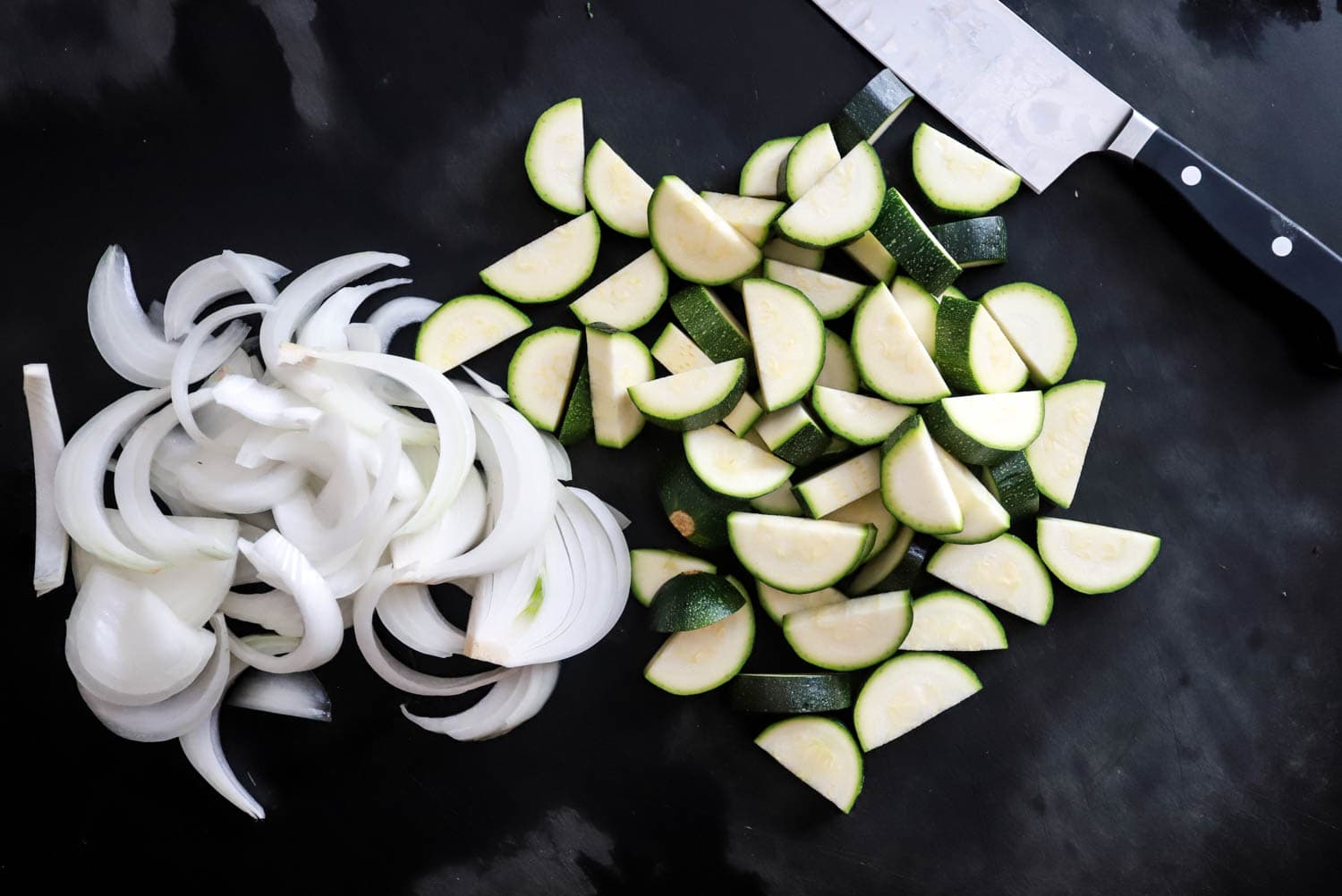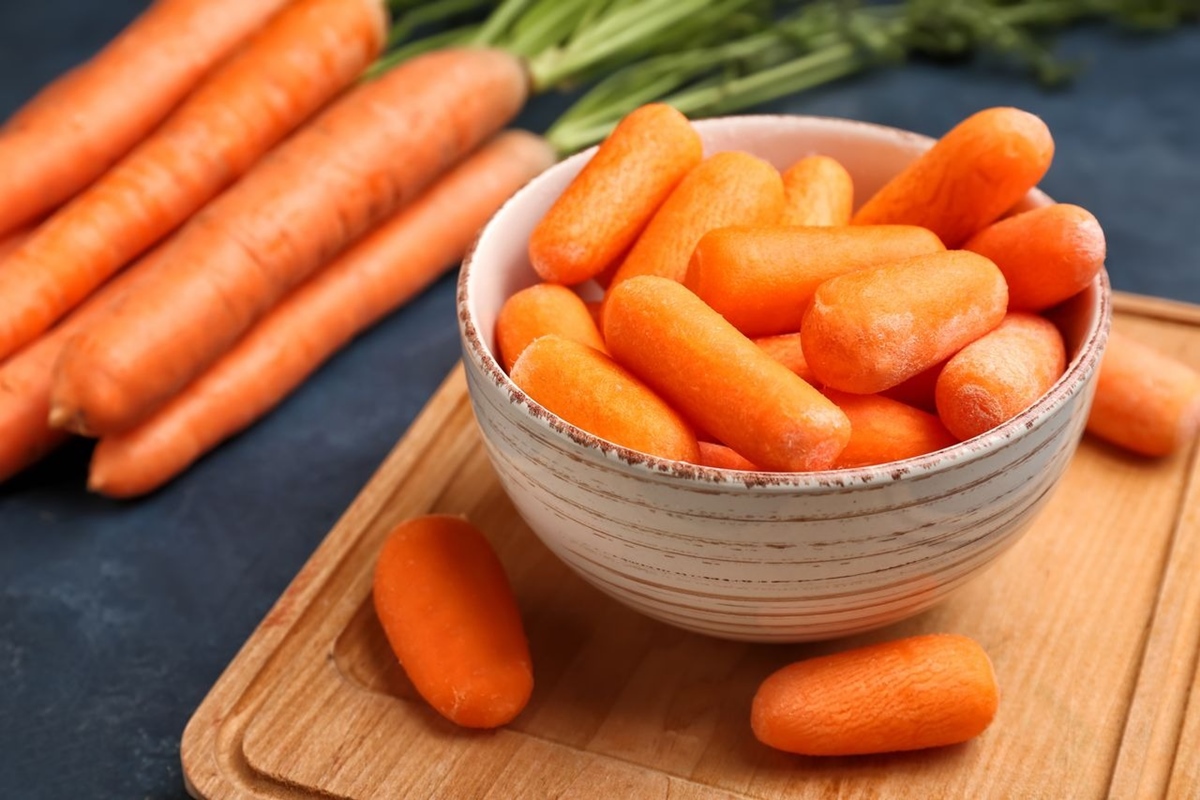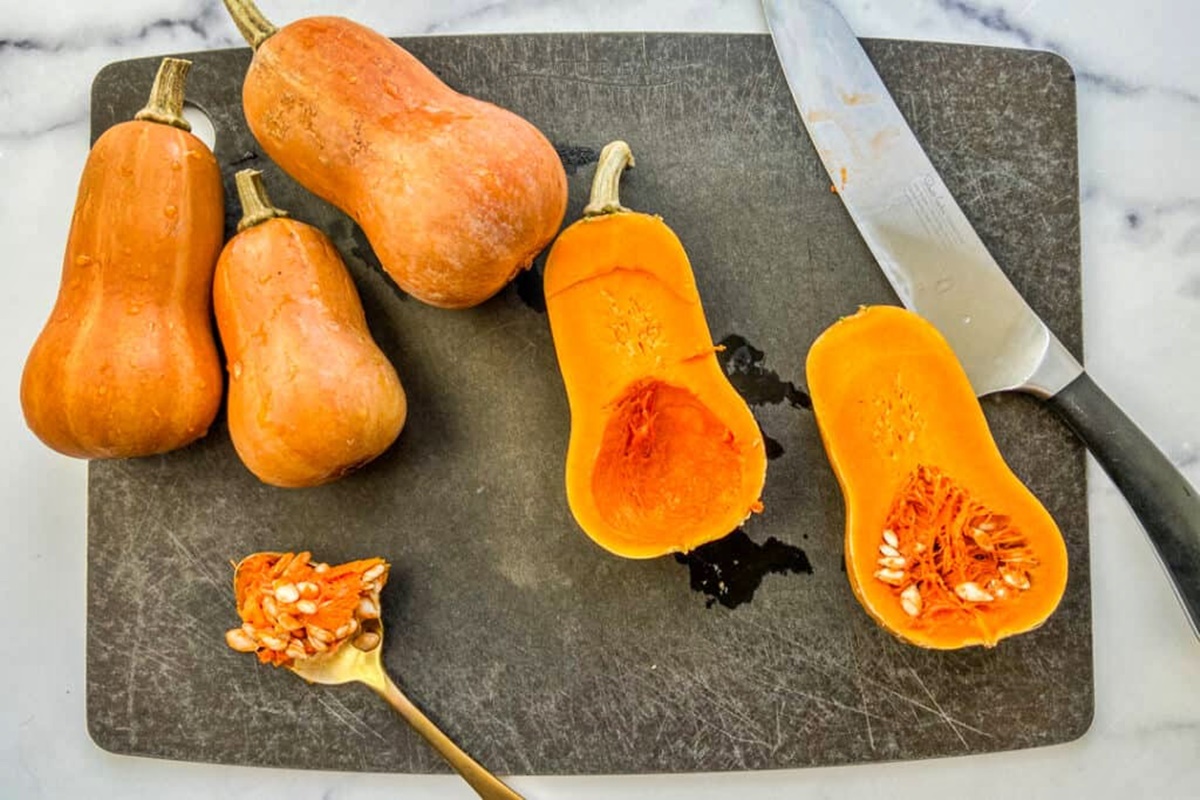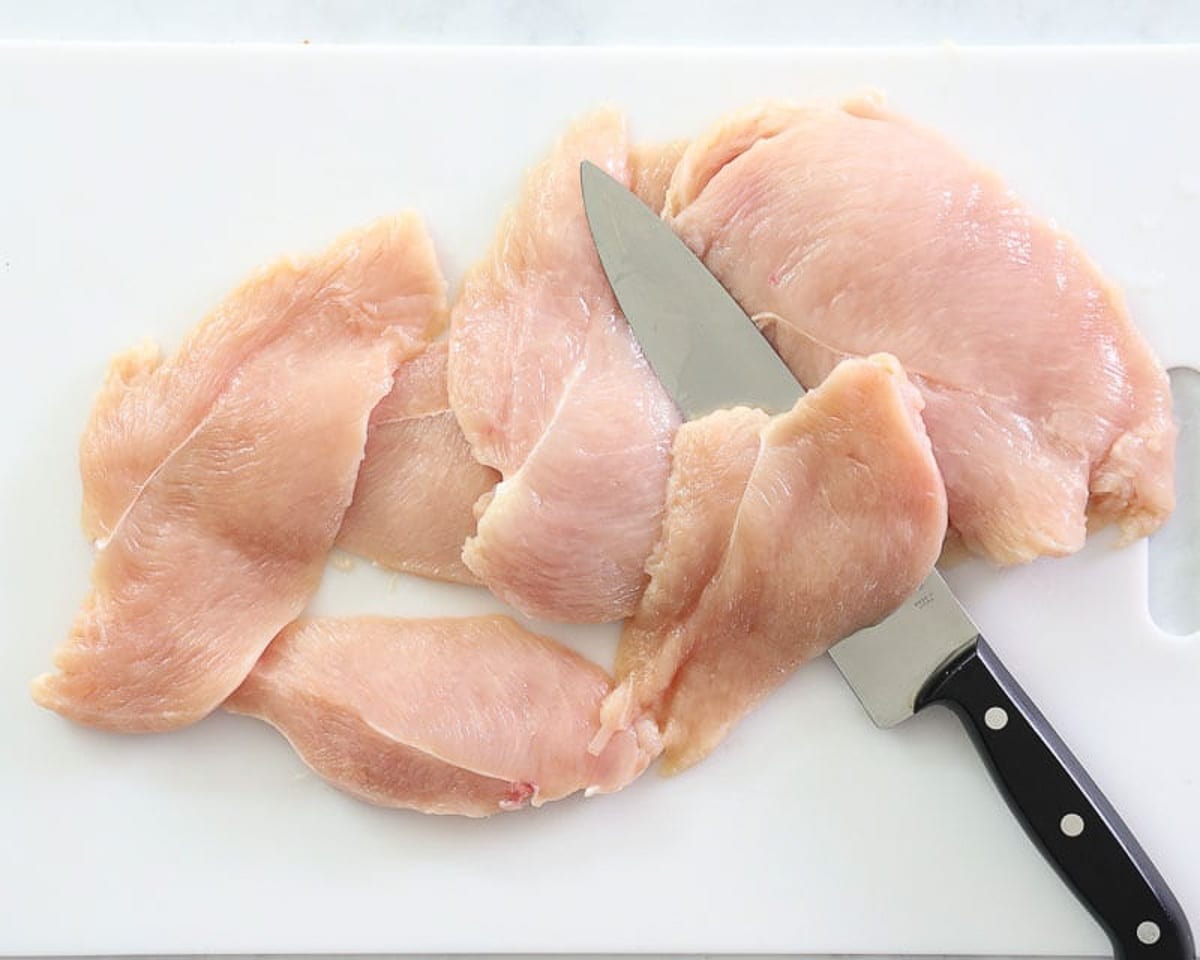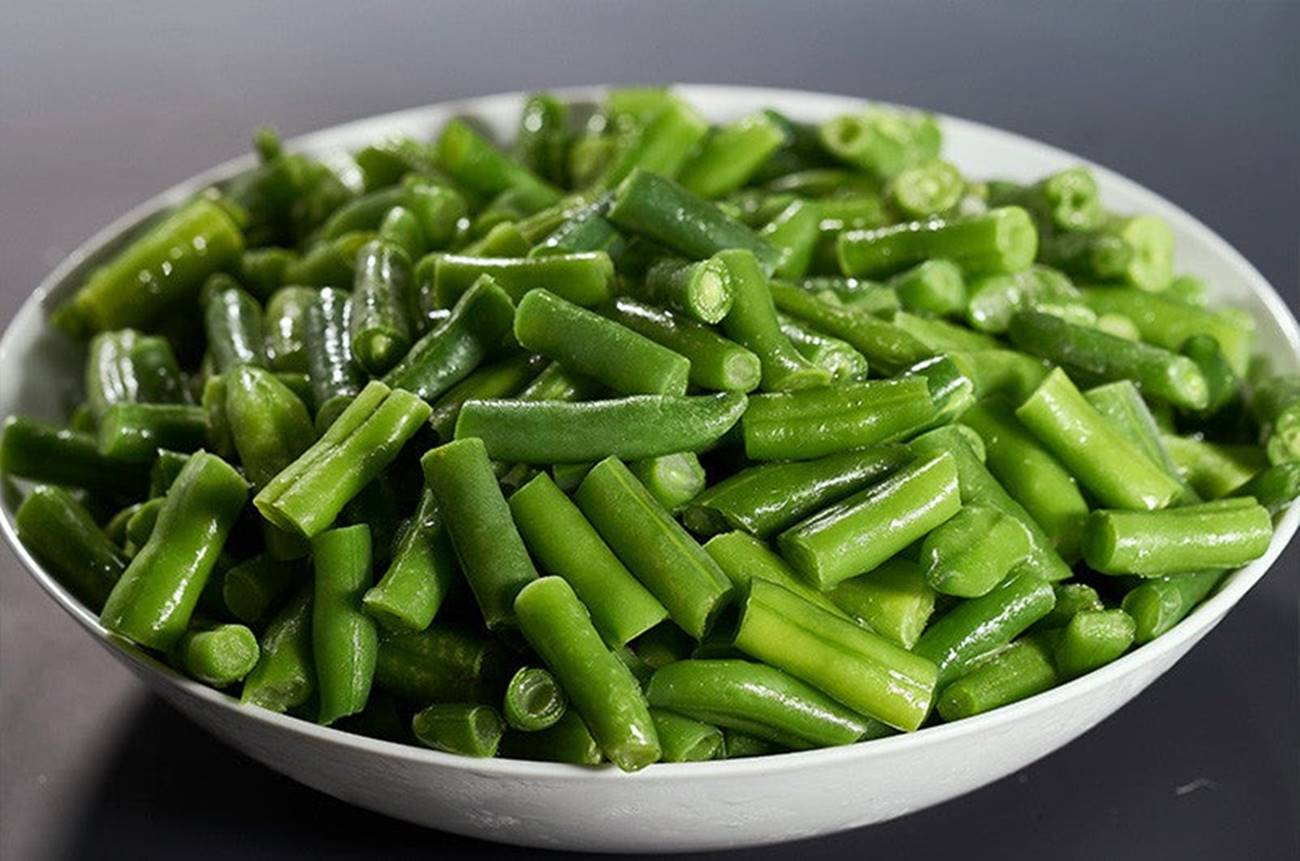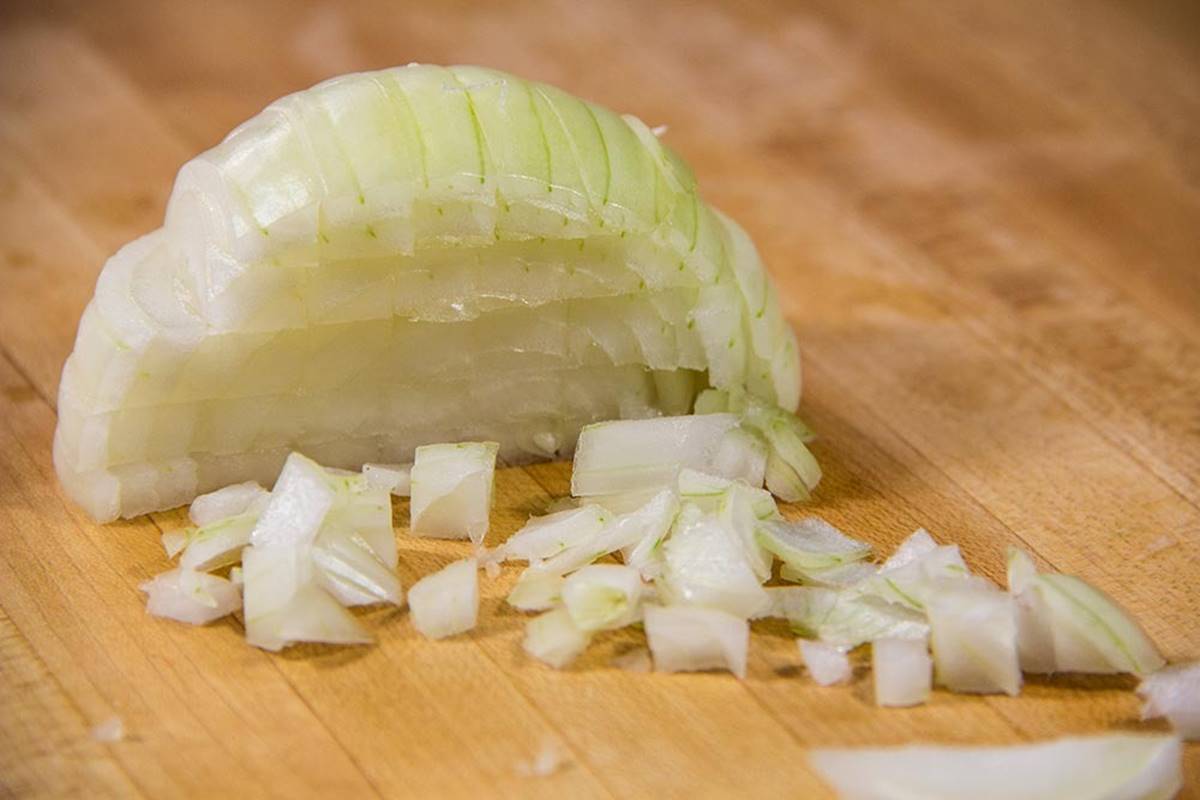How To Cut Acid In Food: A Guide to Lowering Acidity Levels
Acidic foods can add a zingy and tangy flavor to your dishes, but excessive acidity can sometimes be overpowering and lead to digestive discomfort. If you find that your recipes are turning out too acidic, worry not! In this guide, we will explore some helpful techniques to cut down on acidity in your food, allowing you to achieve a perfect balance of flavors.
1. Incorporate alkaline ingredients
One effective way to neutralize acidity in food is to include alkaline ingredients. Some great examples include:
- Leafy green vegetables: Spinach, kale, and Swiss chard are rich in alkaline minerals and can help counteract acidity.
- Root vegetables: Potatoes, carrots, and sweet potatoes are excellent additions to balance acidity levels.
- Herbs and spices: Cilantro, parsley, and ginger are known for their alkaline properties and can be added to your dishes.
2. Use dairy or non-dairy alternatives
Incorporating dairy or non-dairy alternatives can help reduce acidity in certain dishes. Consider using:
- Milk or cream: Adding a splash of milk or cream to sauces, soups, or curries can help to mellow out the acidity.
- Non-dairy alternatives: If you prefer non-dairy options, try using almond milk or coconut milk as substitutes.
- Yogurt: Yogurt’s natural acidity can balance out the acidity in dressings or marinades.
3. Sweeten with natural sugars
Adding natural sugars can help to counteract acidity and bring a touch of sweetness to your dishes. Consider using:
- Honey: A versatile and natural sweetener that can be added to dressings, sauces, or marinades.
- Maple syrup: A delicious alternative to honey that complements both sweet and savory recipes.
- Applesauce: When baking, replace some of the acidic ingredients with applesauce to reduce overall acidity.
4. Fermentation and marination techniques
Fermentation and marination are ancient techniques that can help decrease acidity levels in food:
- Yogurt or buttermilk marinades: Marinating meat, poultry, or fish in yogurt or buttermilk can help tenderize them while reducing acidity.
- Fermented foods: Incorporate fermented ingredients like sauerkraut or kimchi into your recipes for a probiotic boost and reduced acidity.
- Pickling: Pickling vegetables in vinegar or brine can reduce their acidity while preserving their crunch.
5. Cooking methods to reduce acidity
The way you cook your food can also impact its acidity level:
- Blanching: Briefly blanching vegetables in boiling water before cooking can help reduce their acidity.
- Roasting or grilling: These methods can enhance the natural sweetness of ingredients and reduce their overall acidity.
- Sautéing: Lightly sautéing acidic ingredients in olive oil or butter can help to mellow their flavors.
By incorporating these techniques into your culinary repertoire, you can successfully cut acid in your food and achieve a well-balanced and delicious final result. Experiment with different ingredients and methods to find the perfect balance that suits your taste buds. Happy cooking!
Was this page helpful?
Read Next: How To Cut Cabbage For Tacos

